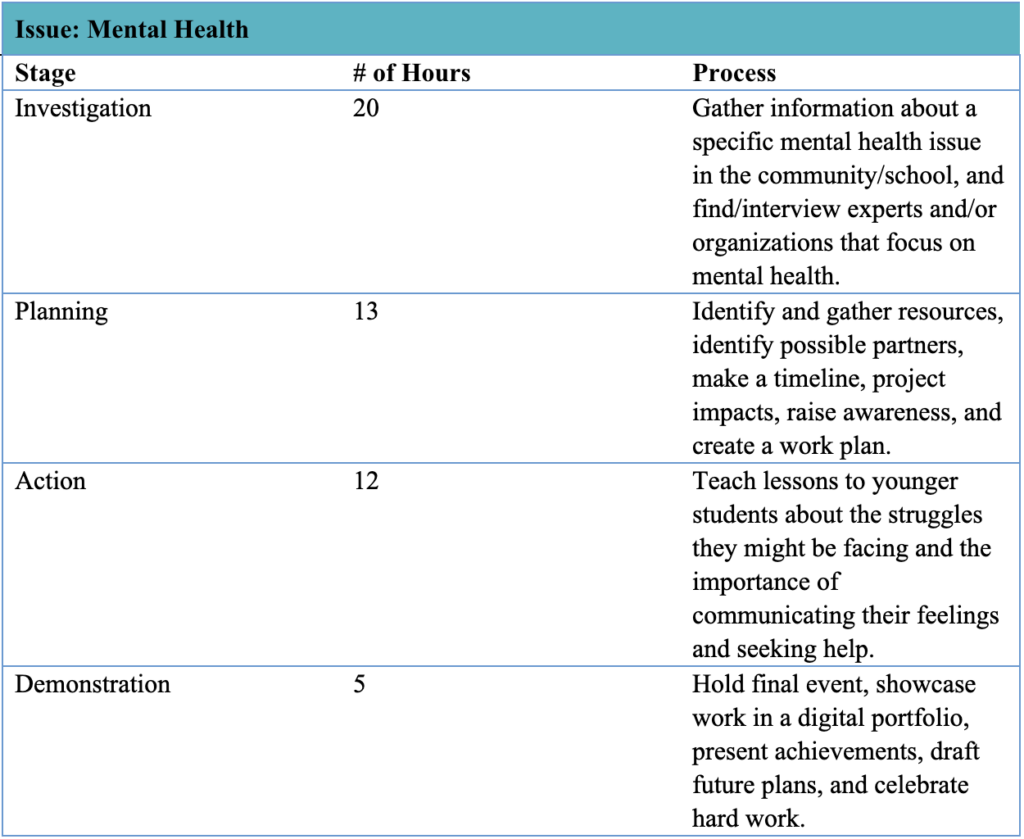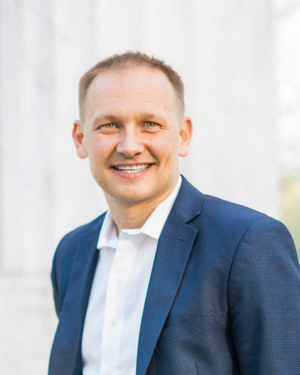As advisers and principals work tirelessly to count service hours as part of their district, school, or program requirements, it’s important to reflect on the process and meaning behind collecting this information. Are we collecting service hours to check off a graduation requirement? Or do staff and students understand the greater purpose? Does a focus on the number of hours required unintentionally hinder youth service? I’d encourage us all to evaluate our roles in administering service requirement programs and understand how our decisions impact students’ abilities to drive change.
A Lack of Trust
While facilitating a leadership program at a local college where students planned a meaningful service project over the course of 12+ weeks, I was surprised to learn that most of the students (who graduated from high schools that required service hours) had never planned a project from beginning to end. They remembered the message from high school as one of a lack of trust rather than service experience.
The top two concerns that I hear from administrators and advisers across the country are: “The process of approval is too challenging,” and “students will lie about their hours.” Such statements show that we don’t trust students to make a difference, which prevents them from feeling supported and empowered. If we worry that students will make up volunteer hours, then we have a much bigger problem on our hands. The reality is that a few students might lie; however, the vast majority will not. It’s worth giving students an opportunity to plan projects that are meaningful to them and their community.
Updating Tracking Methods
To put it bluntly, the current method of counting student volunteer hours is broken. While the concept of a service requirement is well-intentioned, the way in which students earn hours, in most cases, sends a flawed message: The emphasis is on the volunteer act and ignores the hours spent behind the scenes. For students who wish to plan their own service projects, the research, coordination, and implementation are often more arduous than showing up on the day of the service. Without recognizing the hard work in the lead up to the actual service event, we ensure that youth are being “voluntold” instead of volunteering. We also risk disregarding their agency and ability to do more than participate in adult-driven, often surface-level volunteer opportunities (e.g., environmental clean ups, food drive contributions). We also place a burden on nonprofit organizations when so many students come in all at once just to meet hours at the end of the year.
To that end, I offer the following strategies for tracking service project hours from beginning to end. The gist is to consider how many hours are spent on each part of the project planning process, as seen in the table below.

For creative and interactive ways to track hours, consider organizations like InnerView, which provides a platform for students to input their hours, connect their actions to a specific issue area, and build a service résumé while helping students develop important soft skills, such as critical thinking and collaboration. At Family, Career and Community Leaders of America (FCCLA), students prepare a portfolio documenting their service project, and provide visual and written evidence on how they integrated content and skills to act on a community need. Students also prepare a manual and an oral presentation.
Youth as Planners
Studies show that youth who volunteer once are likely to volunteer again. Given the current structure of service requirements, students feel less excited about volunteering. In some cases, requiring students to participate in community service to graduate from high school can actually backfire and reduce how much they volunteer in the future. One of the easiest ways to incorporate buy-in is to give students the opportunity to select the issue they want to impact.
When asked, Gen Z considered mental health, poverty, environment, and equality to be the most pressing issues impacting the U.S. If we give students a chance to use their creativity and innovation to address them, the end results could be incredible.
Students should also have leadership roles when it comes to engaging invested partners, promoting the project, and determining volunteer roles. By giving them the opportunity to organize a project, students can gain skills and experiences that will serve them as they pursue higher education. Preliminary data from a national survey of admissions officers conducted by Youth Service America and Students Lead International show that 92% of colleges and universities in the U.S. either “strongly agree” or “agree” that a student who has led a meaningful service project from beginning to end will add value to their college or university. Making the current service requirement more meaningful will help students who wish to pursue higher education—and the institutions responsible for educating them.


1 Comment
Great article! Youth voice is so essential in service.